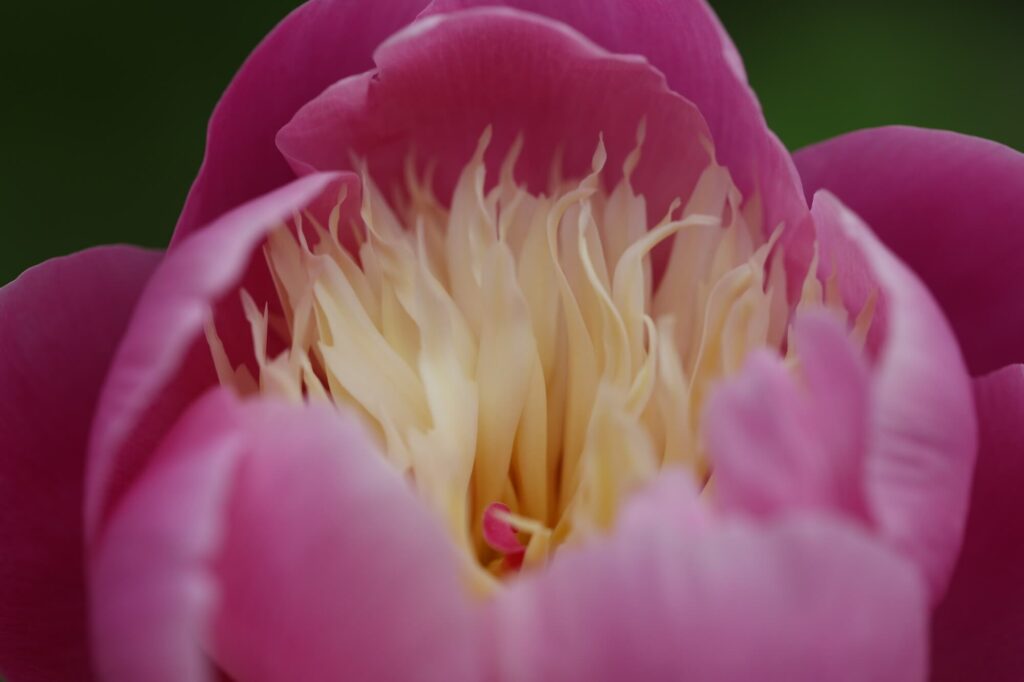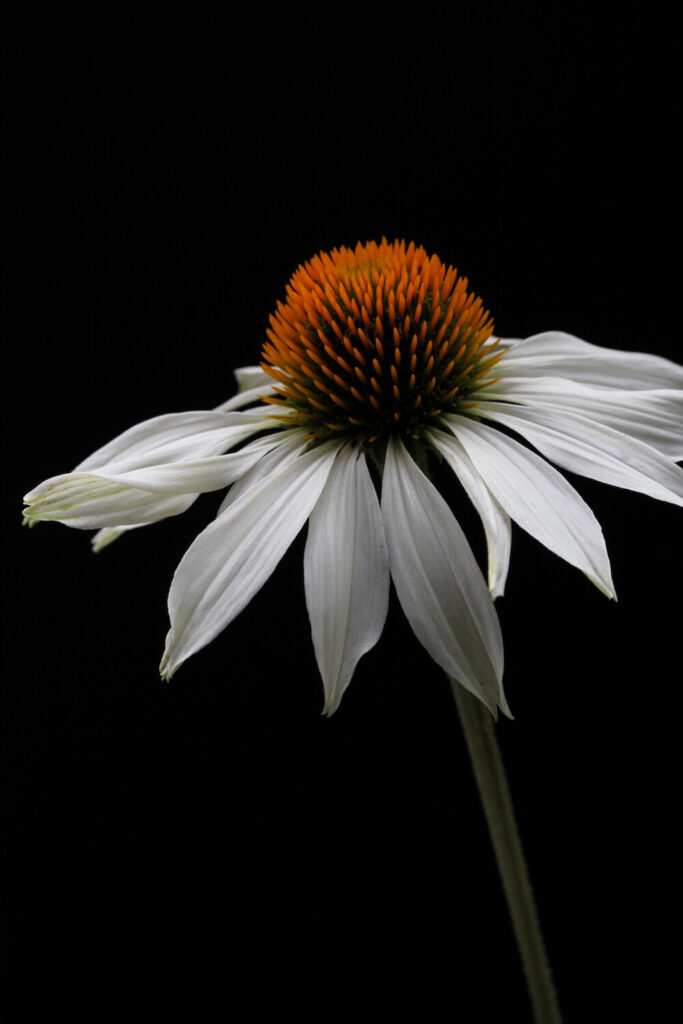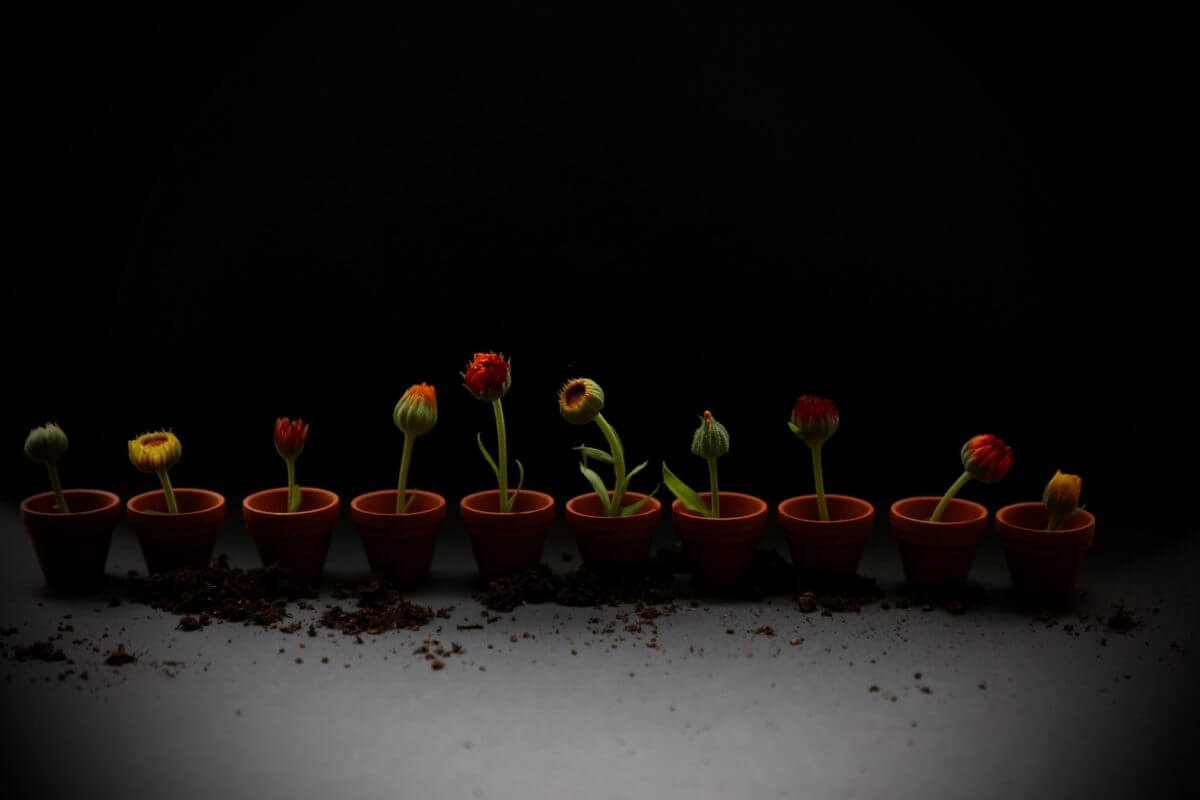
Welcome to another floral exploration here on the journal. This week we are championing some underdogs of the botanical world. Like fashions, flowers fall in and out of favour over the years, but they tend to stay in for a very long time then get seriously benched for decades. Take the Dahlia – possibly the coolest kid on the block right now, with so many varieties it is currently the epitome of floral couture. However, for a previous generation, Dahlias, in all their glorious and gregarious forms seemed to be relegated to bloom competitions and grandpa’s raised borders. In light of this we asked ourselves what flower currently seemed to be the archetype of naff?
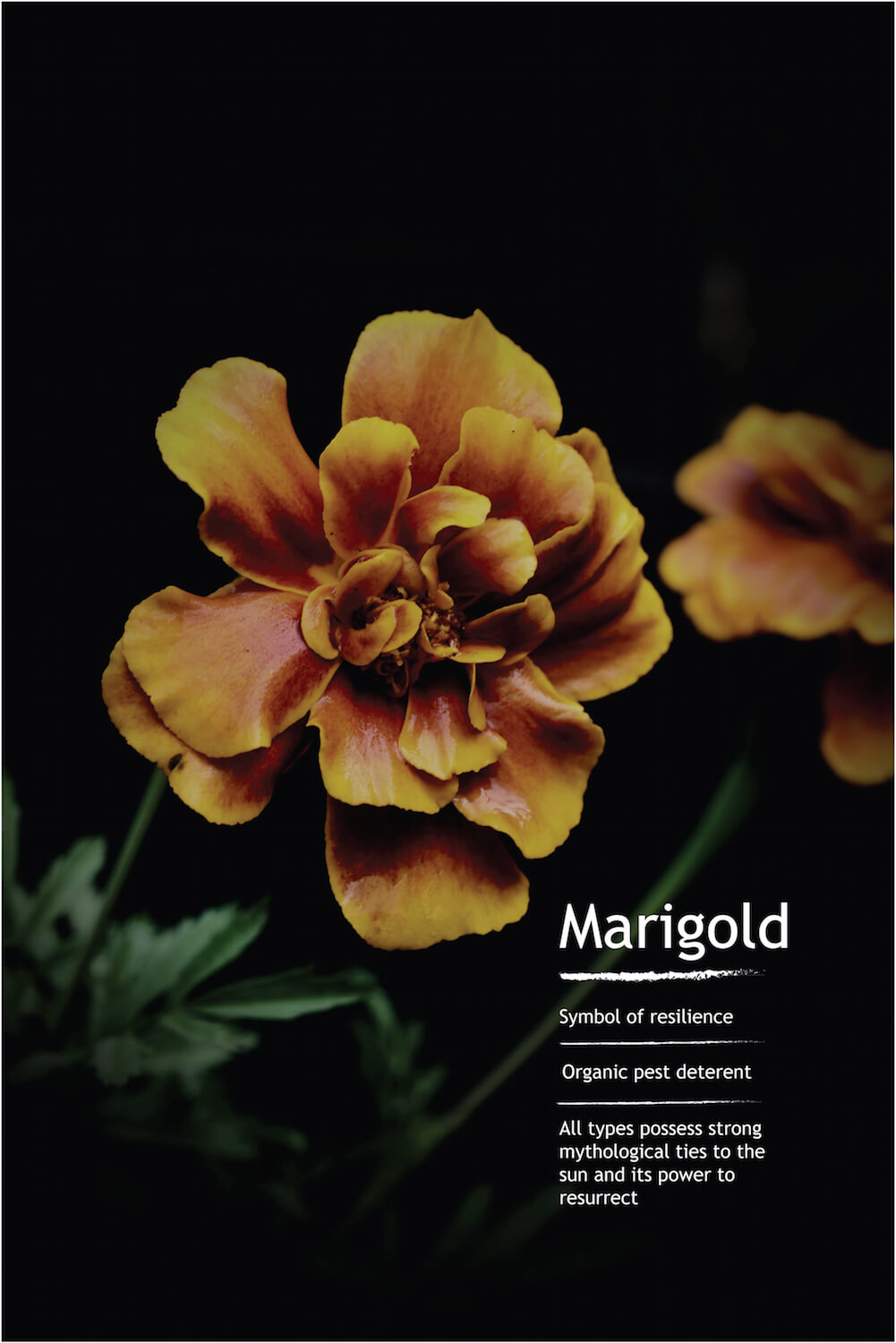
In our quest we then found ourselves drawn towards the question of whether there was more to the humble Marigold and whether it could be reinvented to still have relevance in contemporary gardens and landscapes?
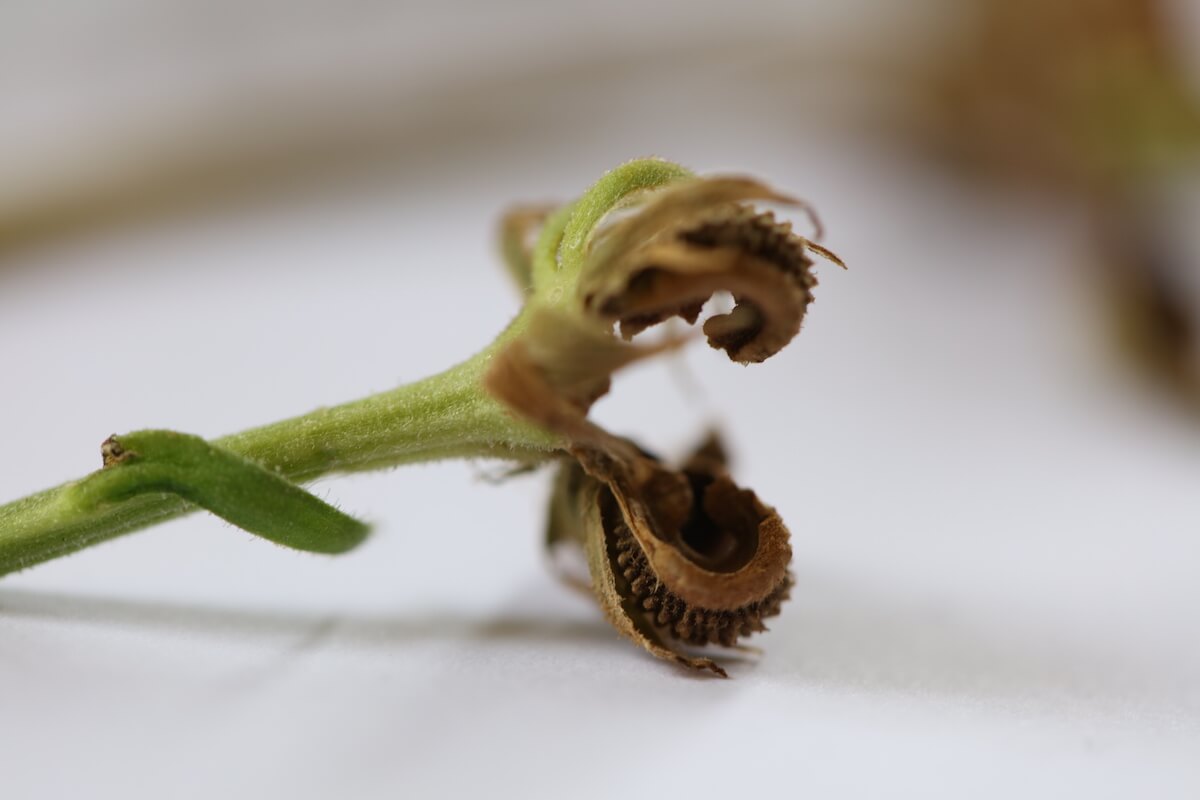
Now that felt like a challenge, but never ones to shy away from one, we began looking into the varieties of seed options available. Soon after, we rolled up our sleeves and commenced sowing controlled test patches.
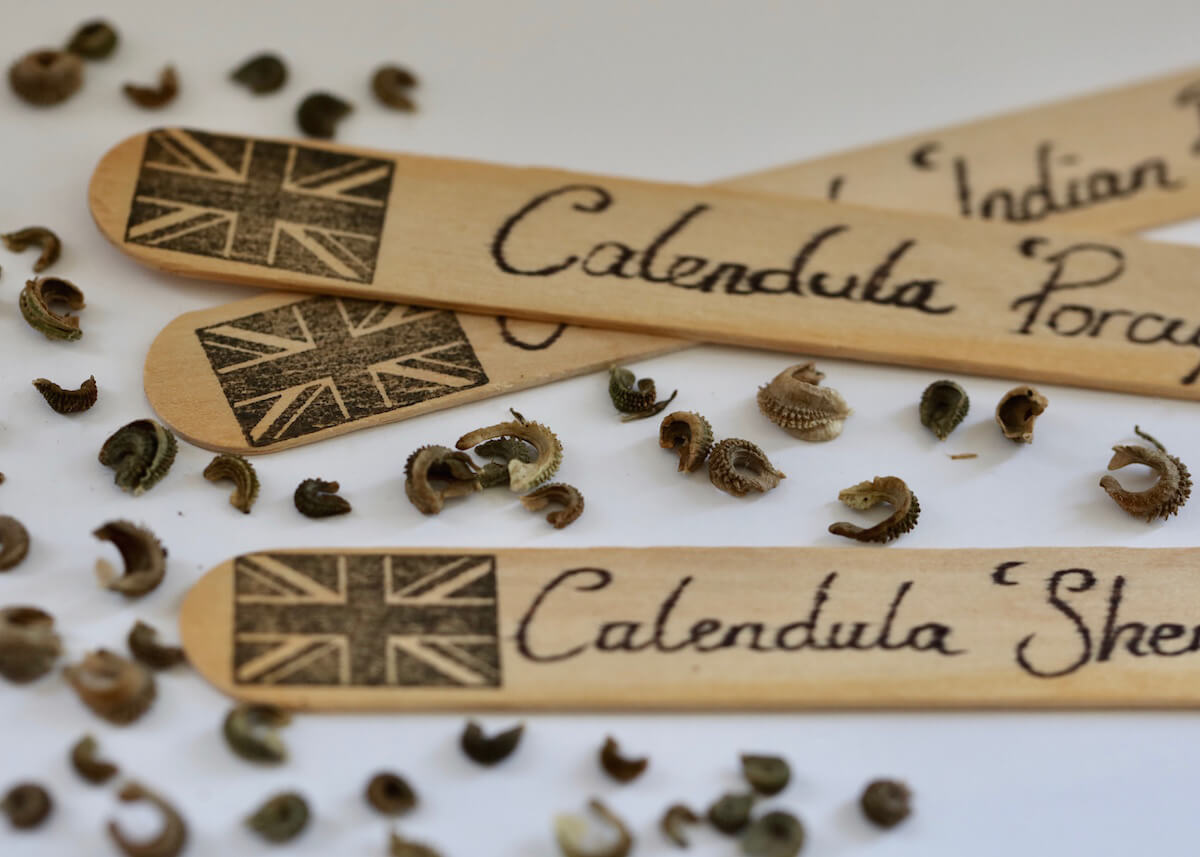
A dusting of Blue boy Cornflowers were added to create a natural obstacle to the Marigolds – forcing them to push for a place amongst the meadow patch and to test their might. As more and more greenery grew, so did the anticipation of awaiting the arrival of little buds.

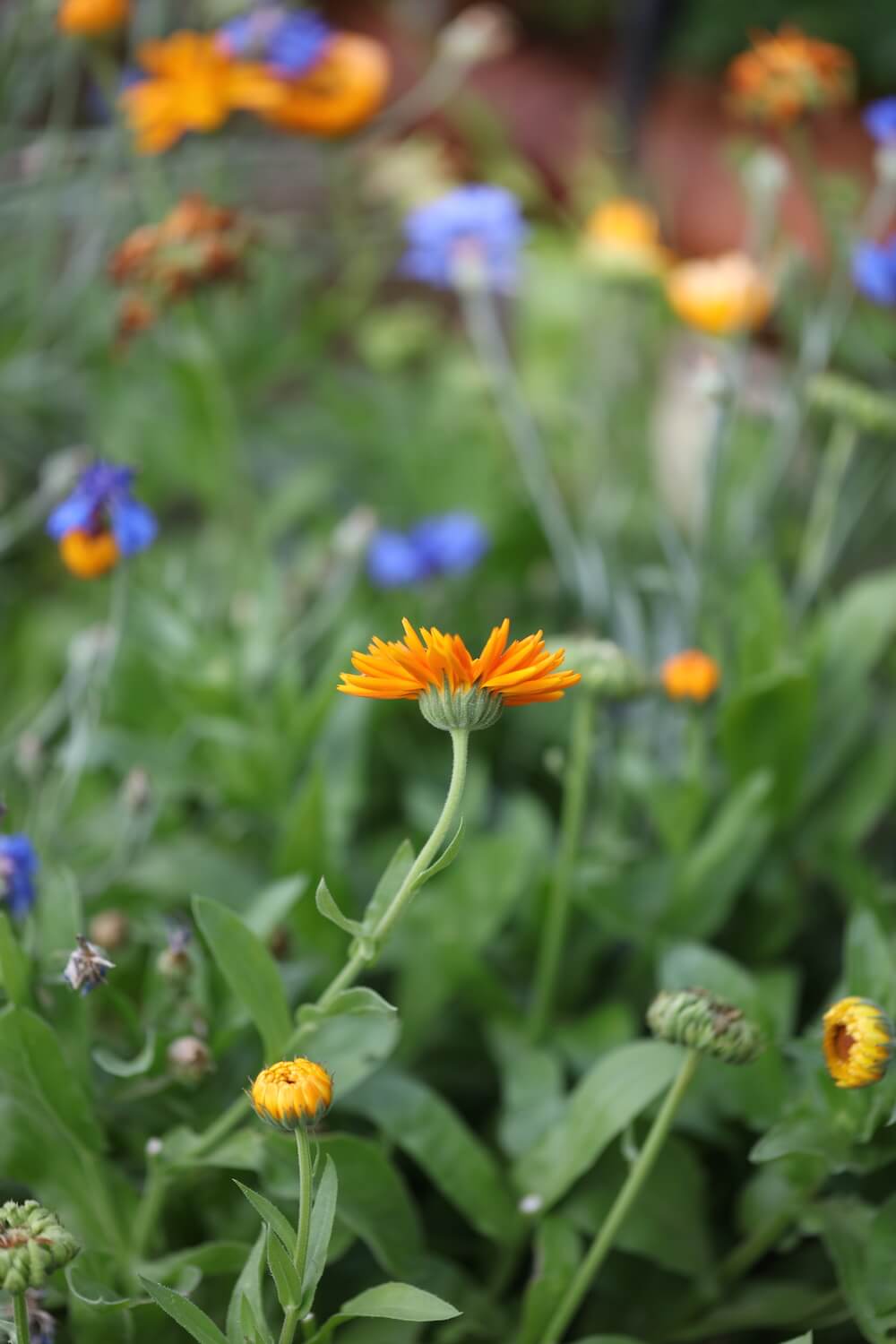
Whilst we waited impatiently, we did some further research into the flowers themselves to educate ourselves better. We were particularly interested in the culinary uses of the flowers and found that the two types that exist in the Marigold world; Calendula and Targetes both can lend themselves to this.
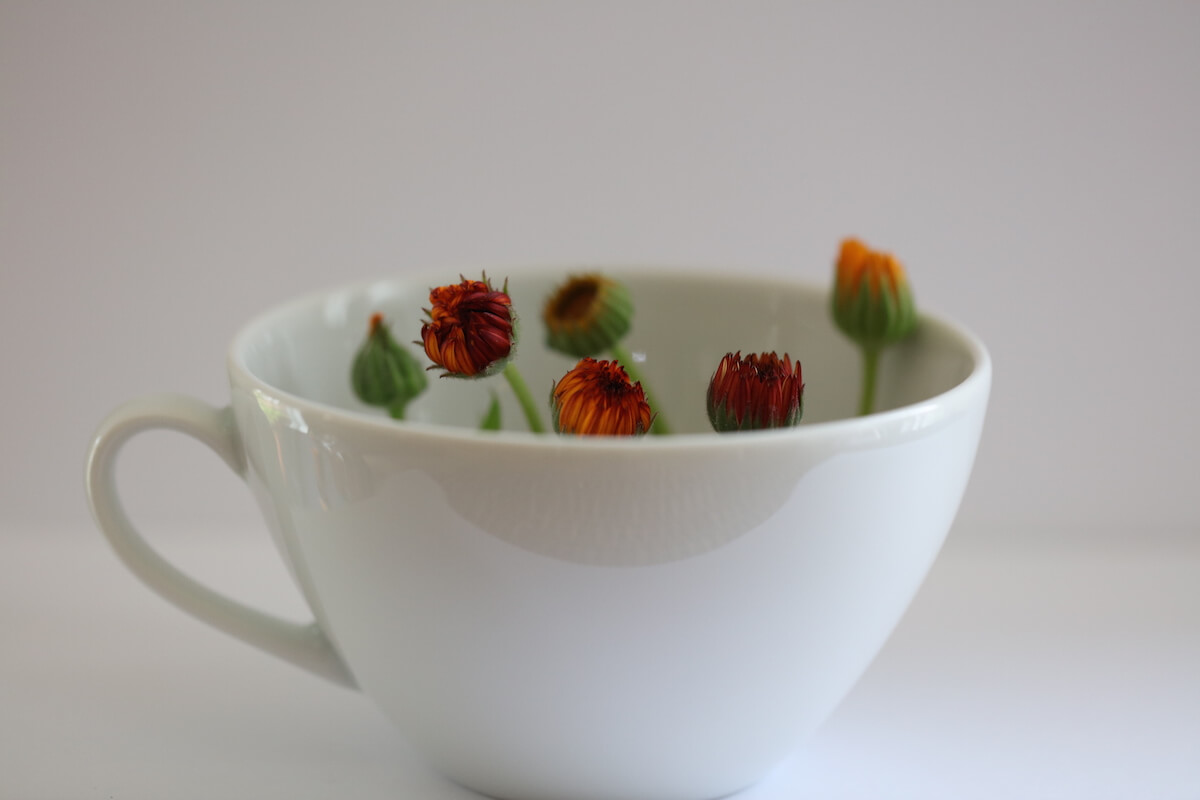
There are varieties of Targetes (or French Marigolds) whose leaves have similar taste to tarragon or mint. The types of Targetes that HC experimented with must have been particularly tasty as they were quickly eaten up by resident slugs and snails.
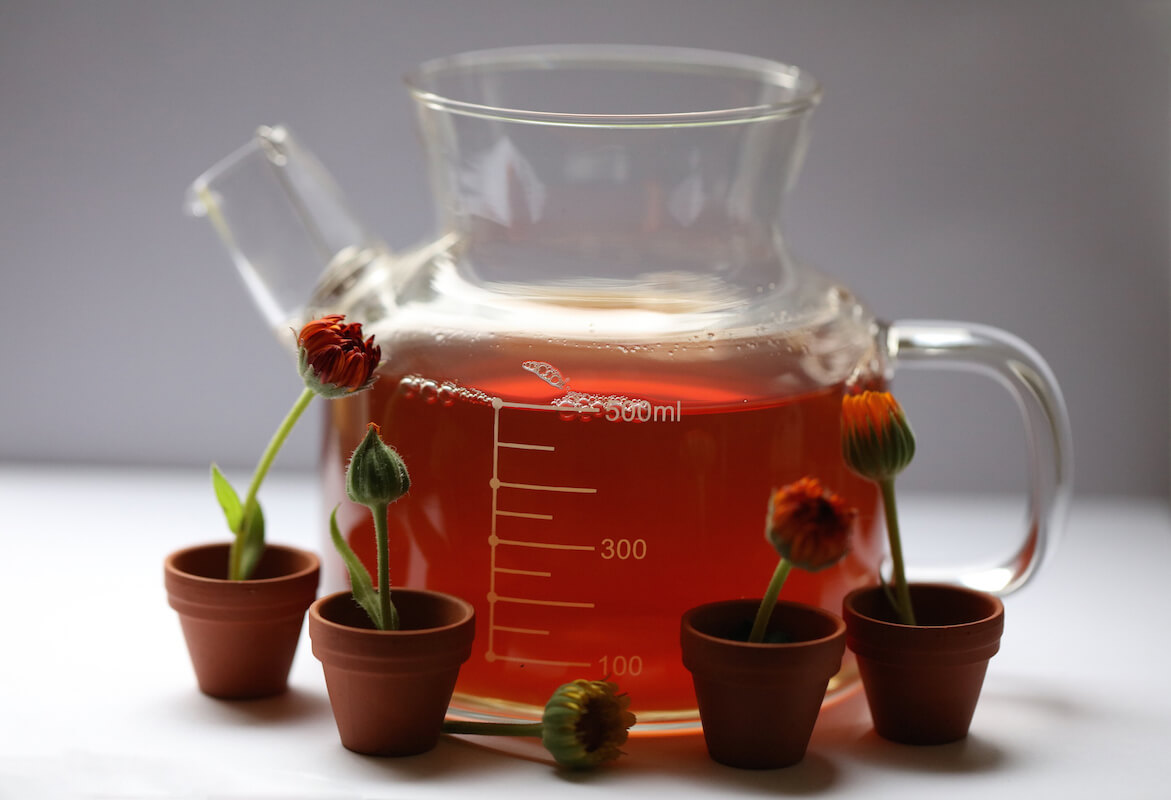
The Calendula plants are often used in tea, although the early Spanish explorers to the New World used these plants to create a substitute for saffron so that they could recreate nostalgic dishes such as paella whilst far away from home.
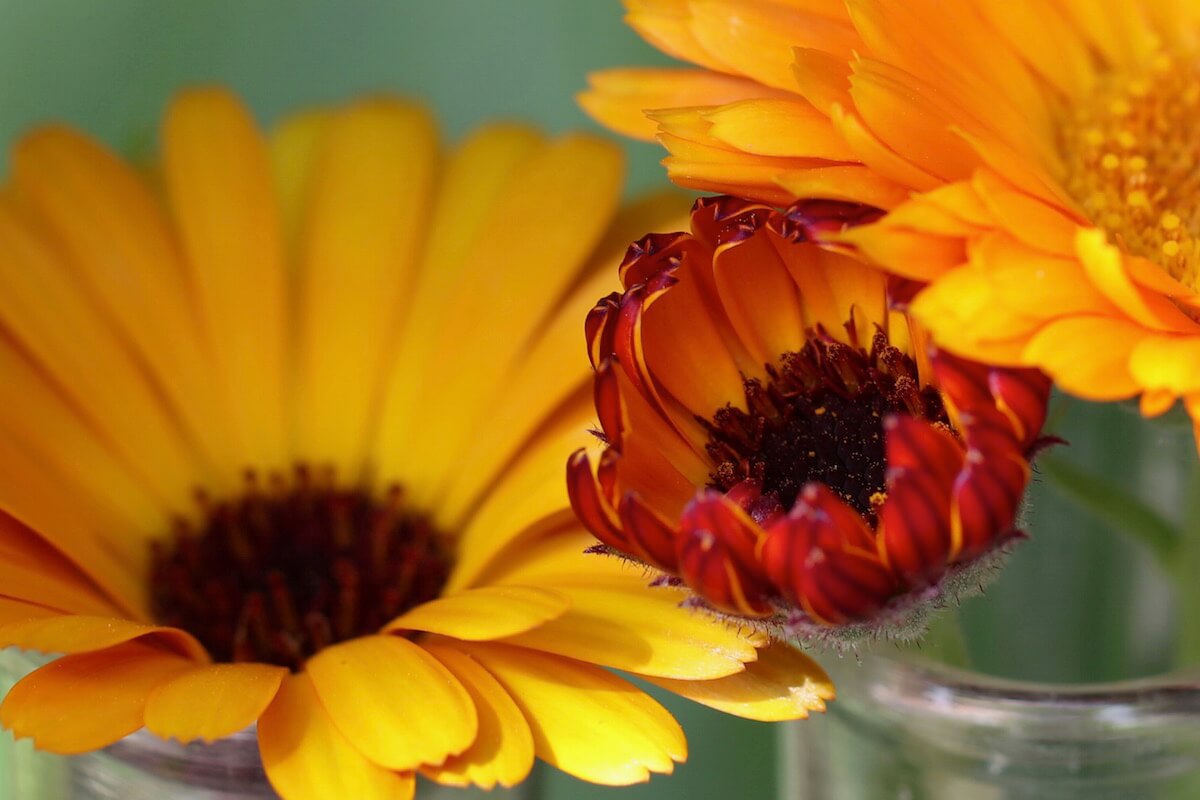
The array of uses and the history of Marigolds dates all the way back to the Aztecs who viewed these flowers as sacred and considered them to have magical and medicinal properties, widely using them as a remedy for anything from being struck by lightening to curing a case of the hiccups!
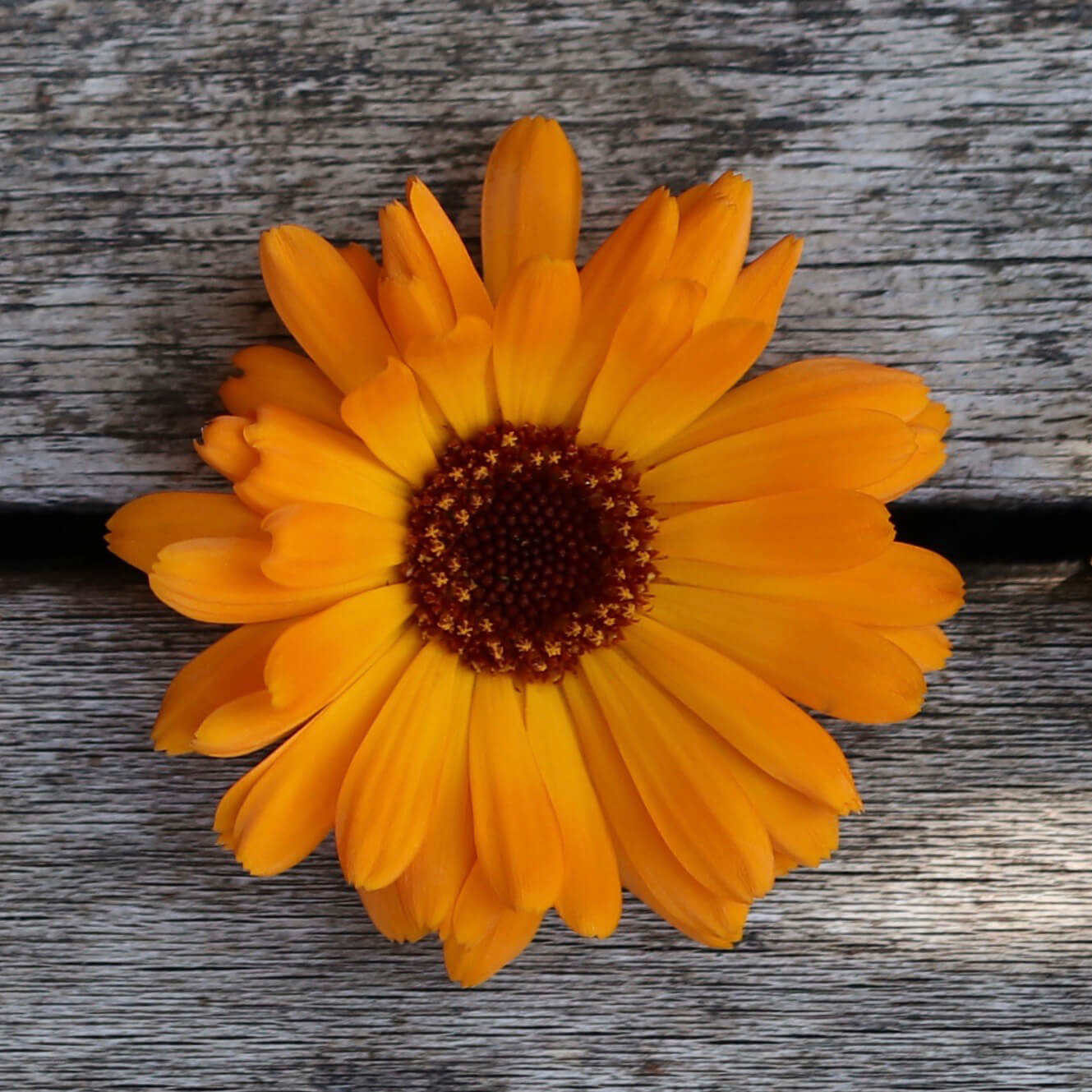
It sounds a little far-fetched that one flower can hold such immense power but there is certainly something to its healing abilities.
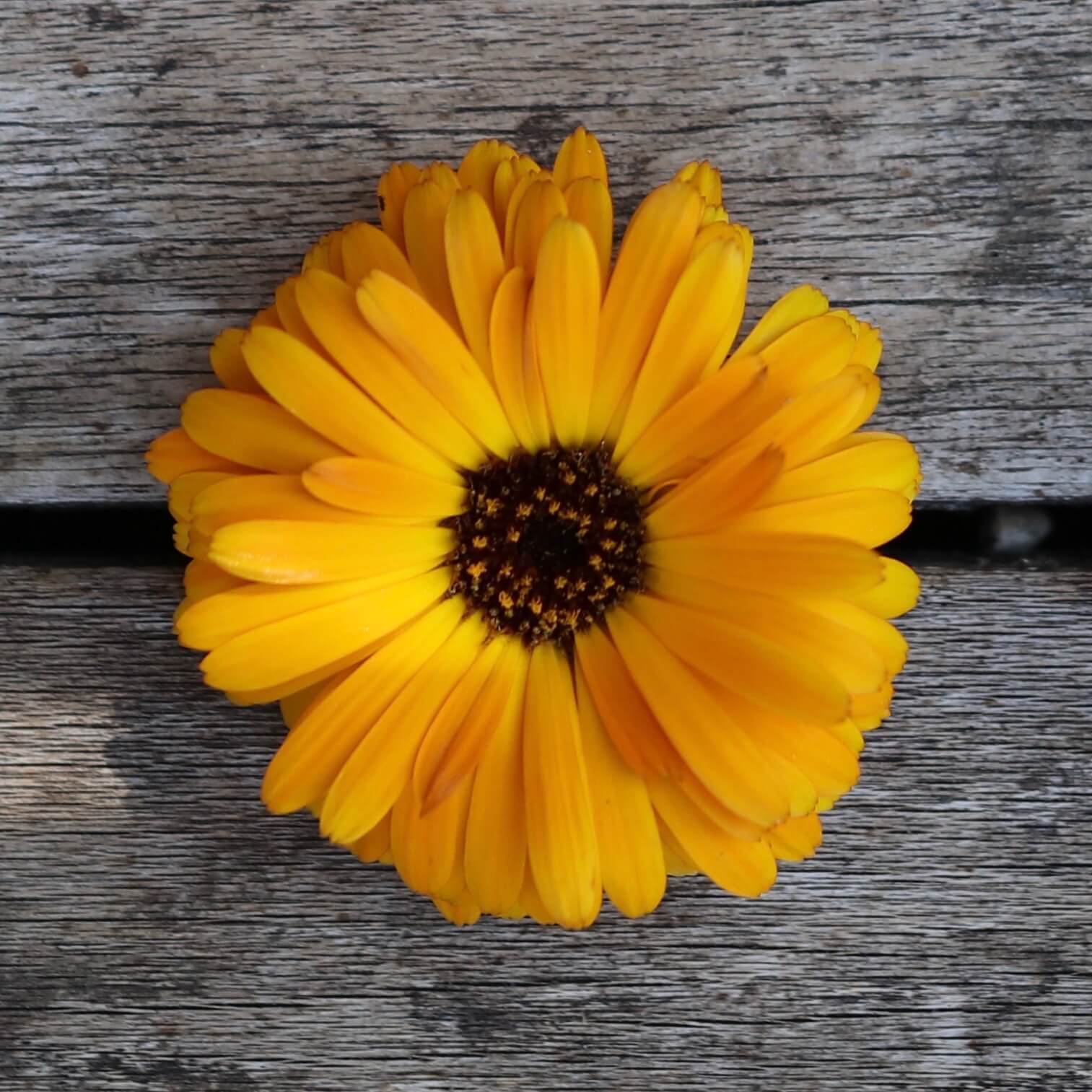
They carry many health benefits and can be used as a treatment for inflammation, acne, fevers, and as an aid to stop bleeding gums and repair tissue damage in wounds – a homegrown organic pharmacy in one.
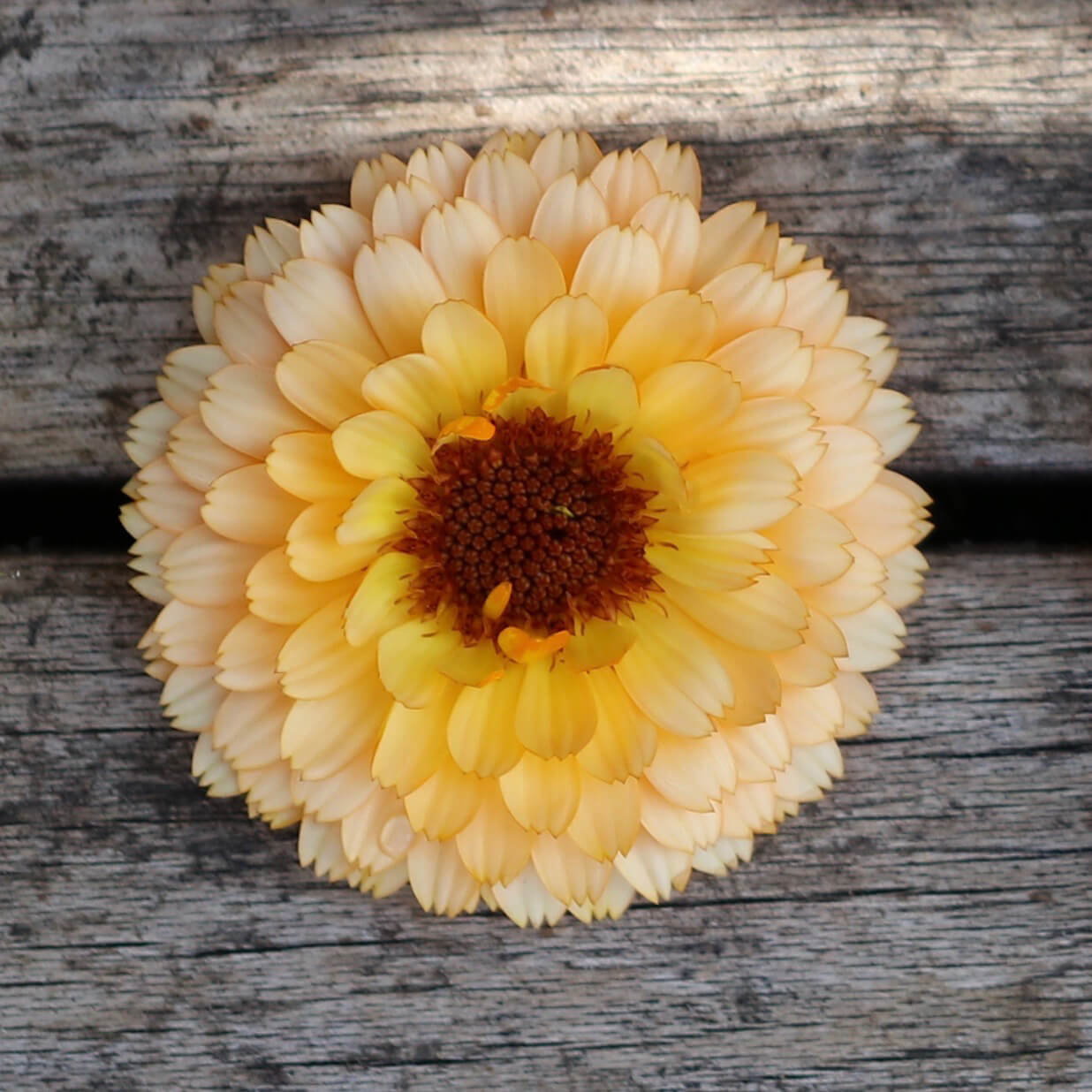
Whilst delving deeper into our newfound Calendula Marigold obsession, we discovered that aside from health, throughout history the Marigold has changed its spots in its “benefits” and how it has been perceived.
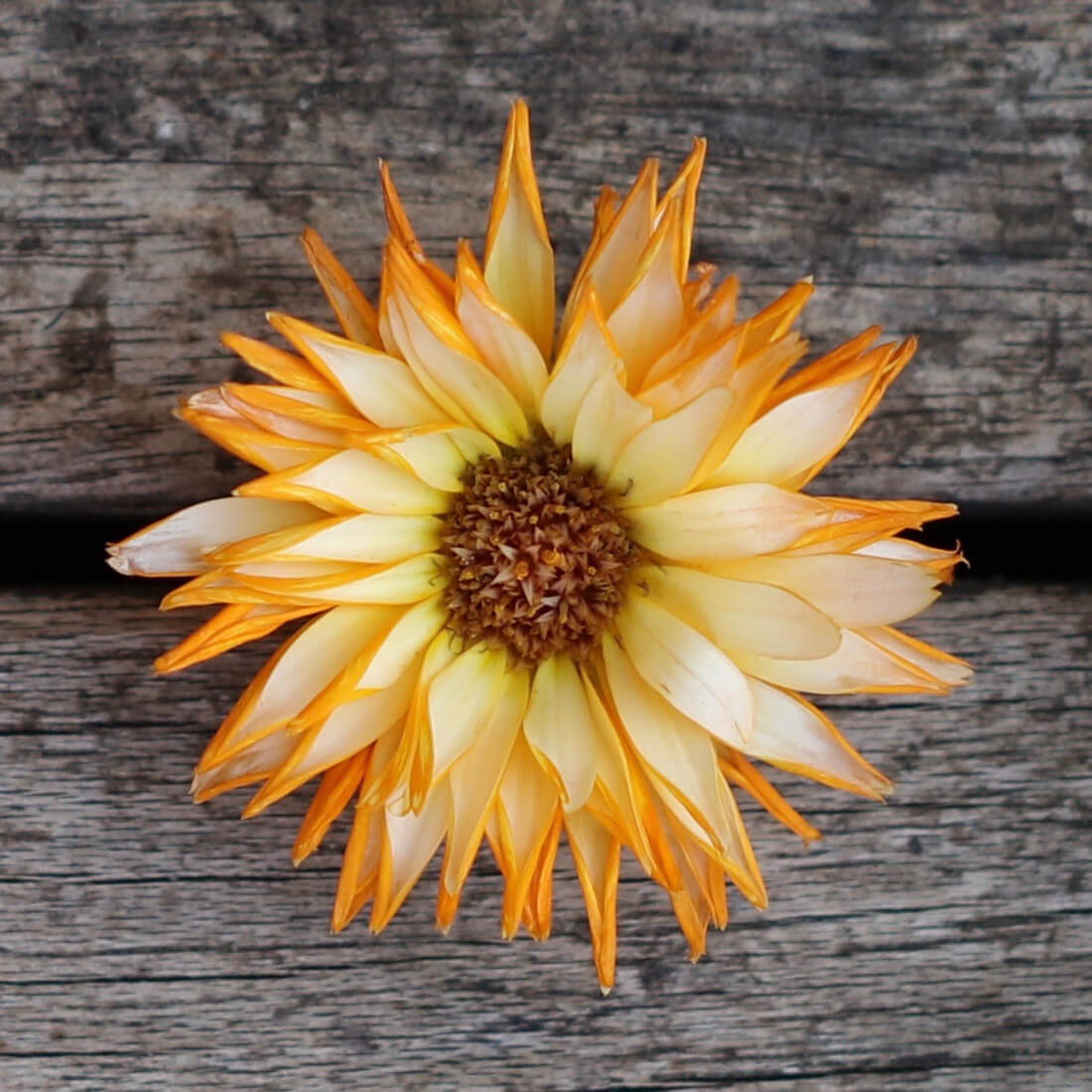
During the Middle Ages it was carried as a love charm for those wanting to attract someone new, yet somewhere along the line the Victorians adopted it as a symbol of despair and grief, linking it with cruelty and unreciprocated love.
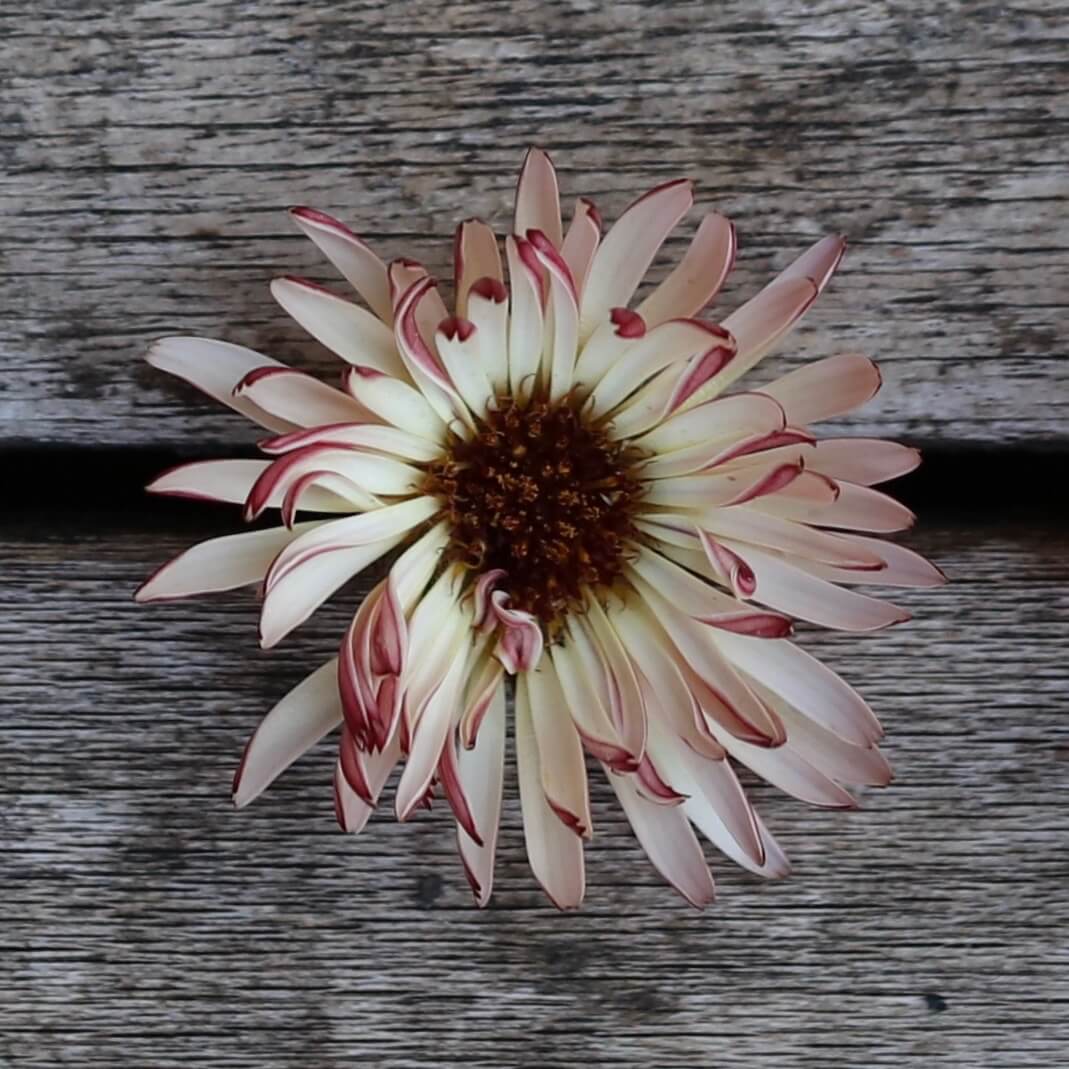
We think that most interestingly and significantly the Marigold is the official flower of Dia de los Muertos (Day of the Dead) celebrations in South America.
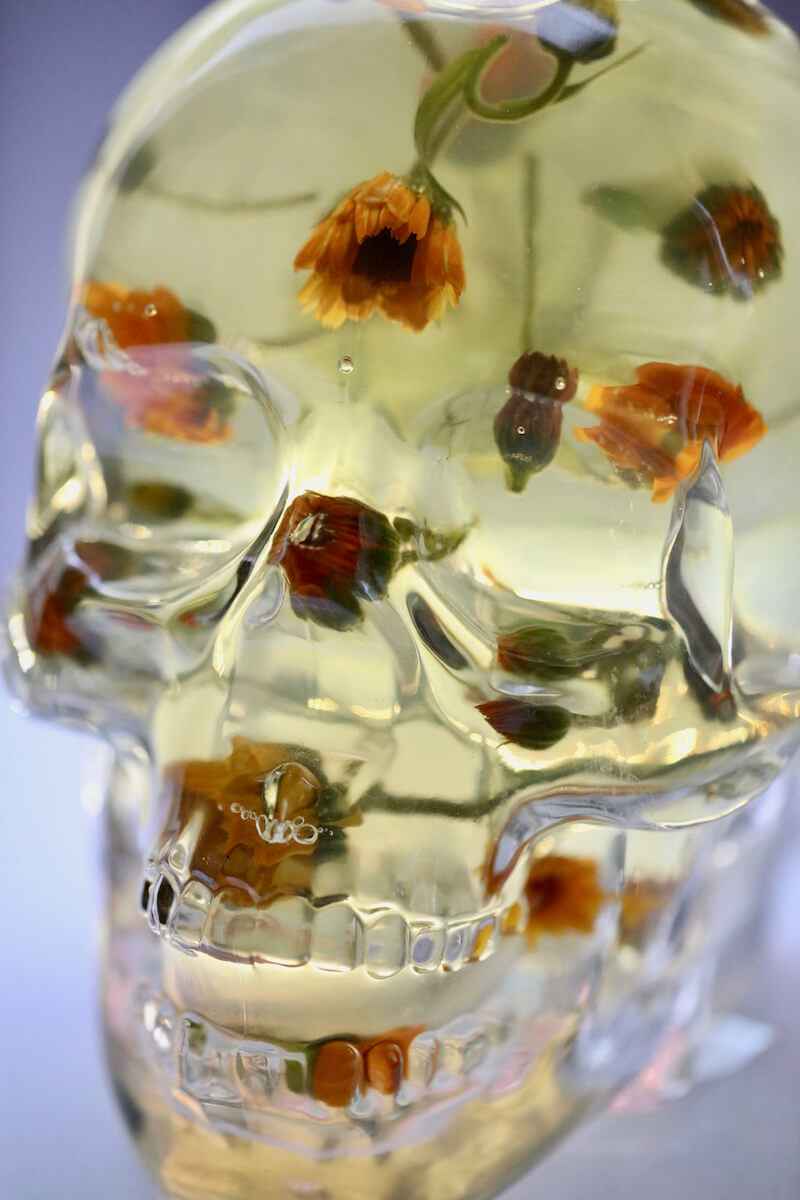
Rather than being a day wrapped in sorrow and grief, it’s instead considered a time of celebration. Deceased loved ones are commemorated with beautiful alters adorned with favourite food, drinks and personal mementos. With its strong fragrance and vibrant colours it seems befitting then that the cheerful Marigold is the ex officio marker to guide the spirits home.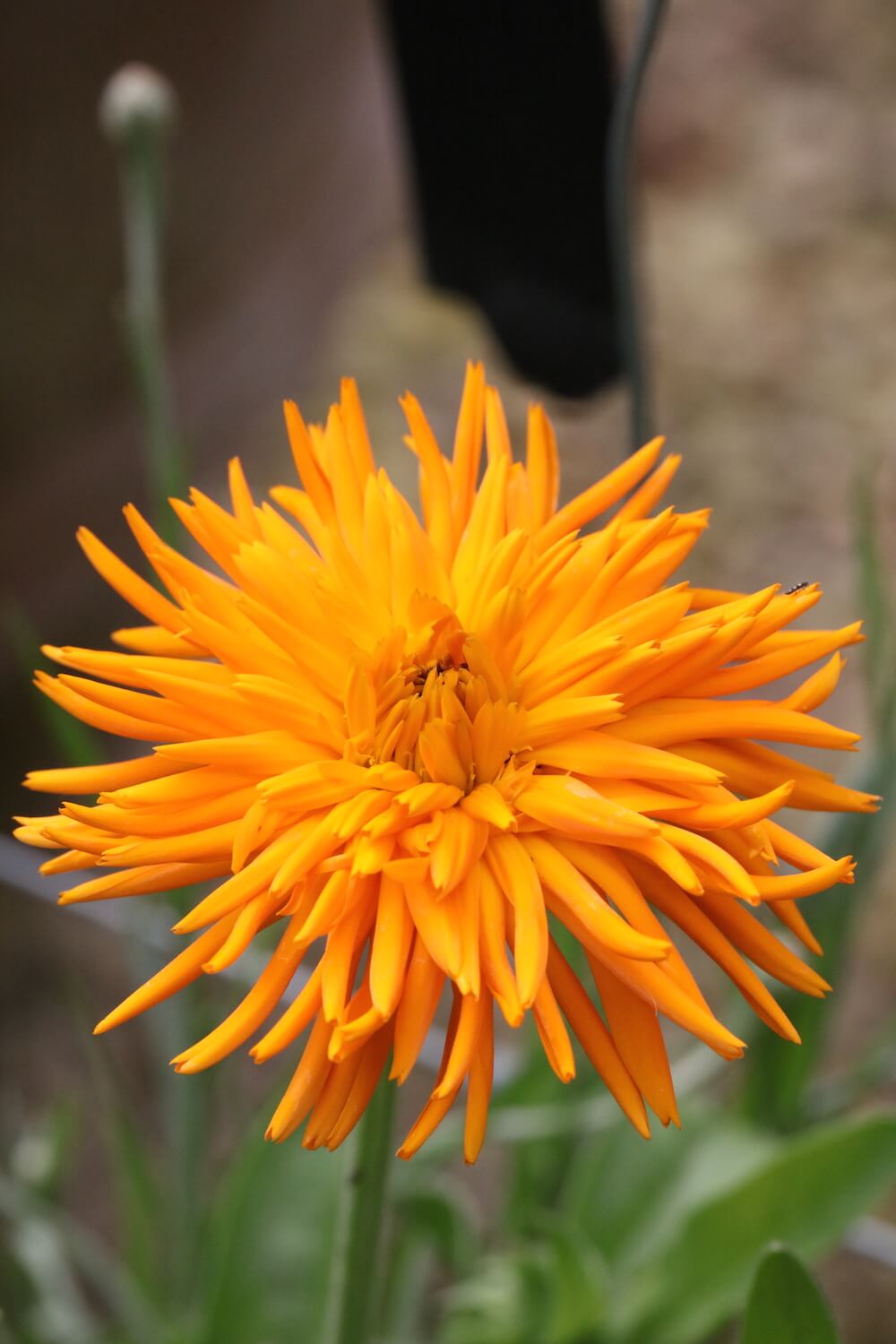
Like most, we were already familiar with the natural pesticide properties of the Marigold but the other hidden layers of this flower that surfaced during research were an interesting eye-opener. We became truly fascinated by this little flora and were invested like kids at Christmas, waiting to see what the growing buds would bring us.
Results
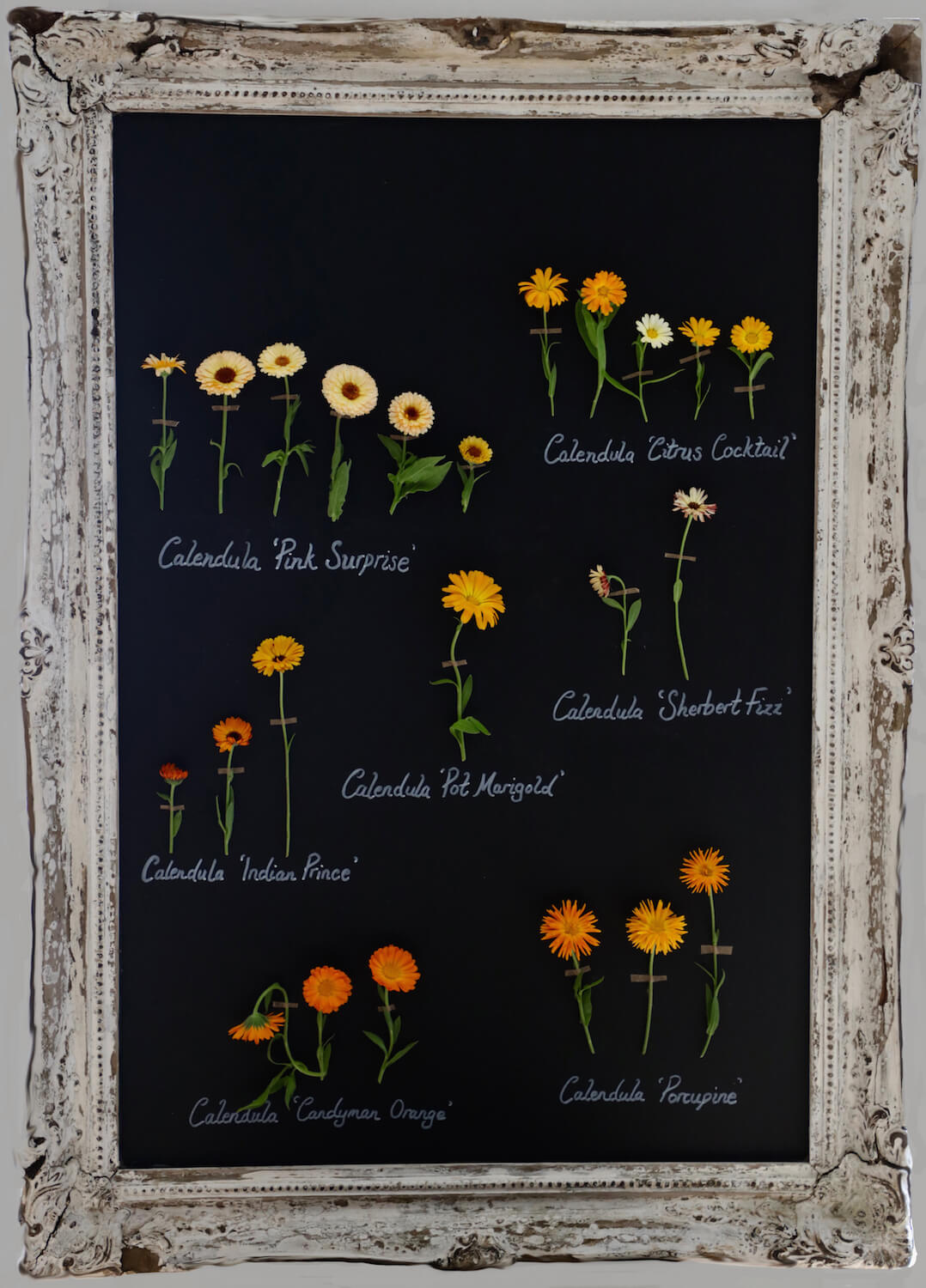
Each day there was a new surprise waiting. Often within one type of Marigold there were different adaptations of the flower, in terms of size, petal shape and colour.
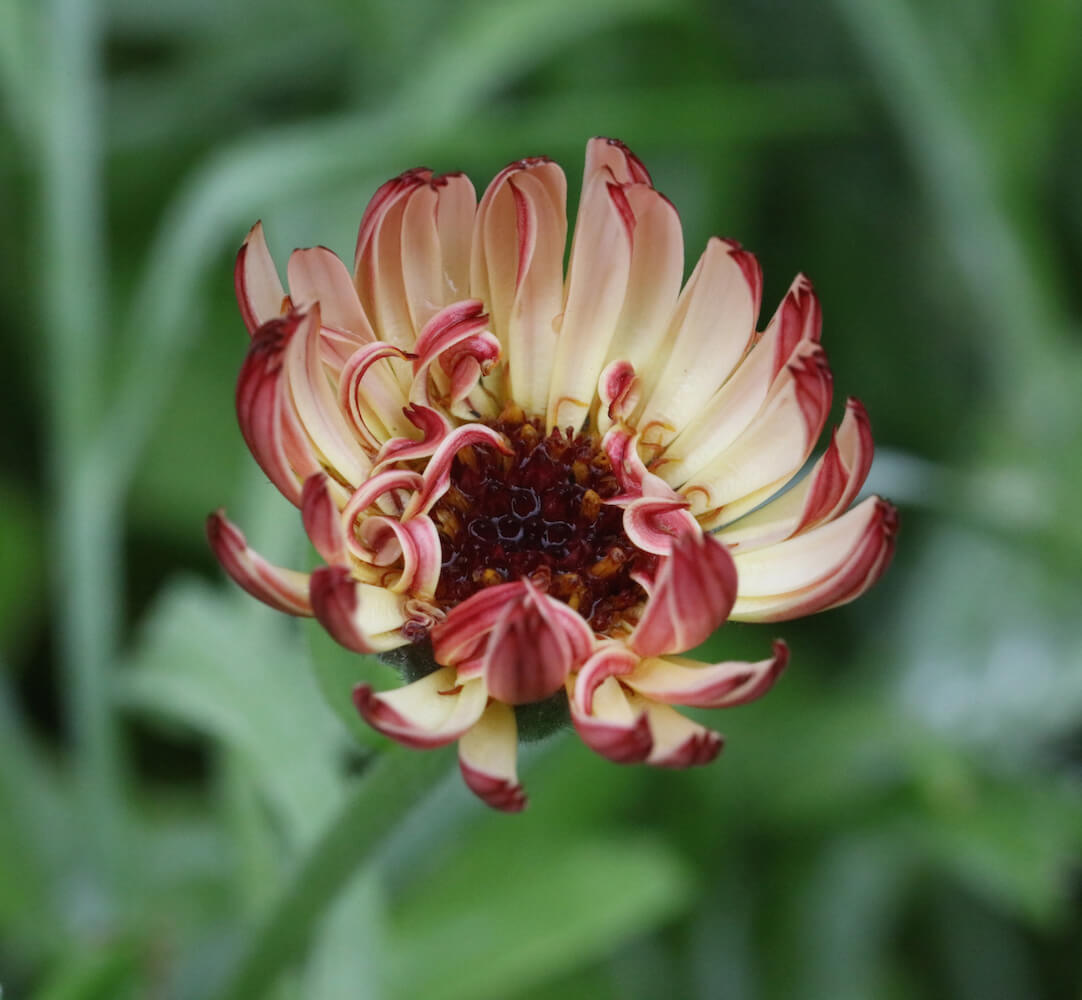
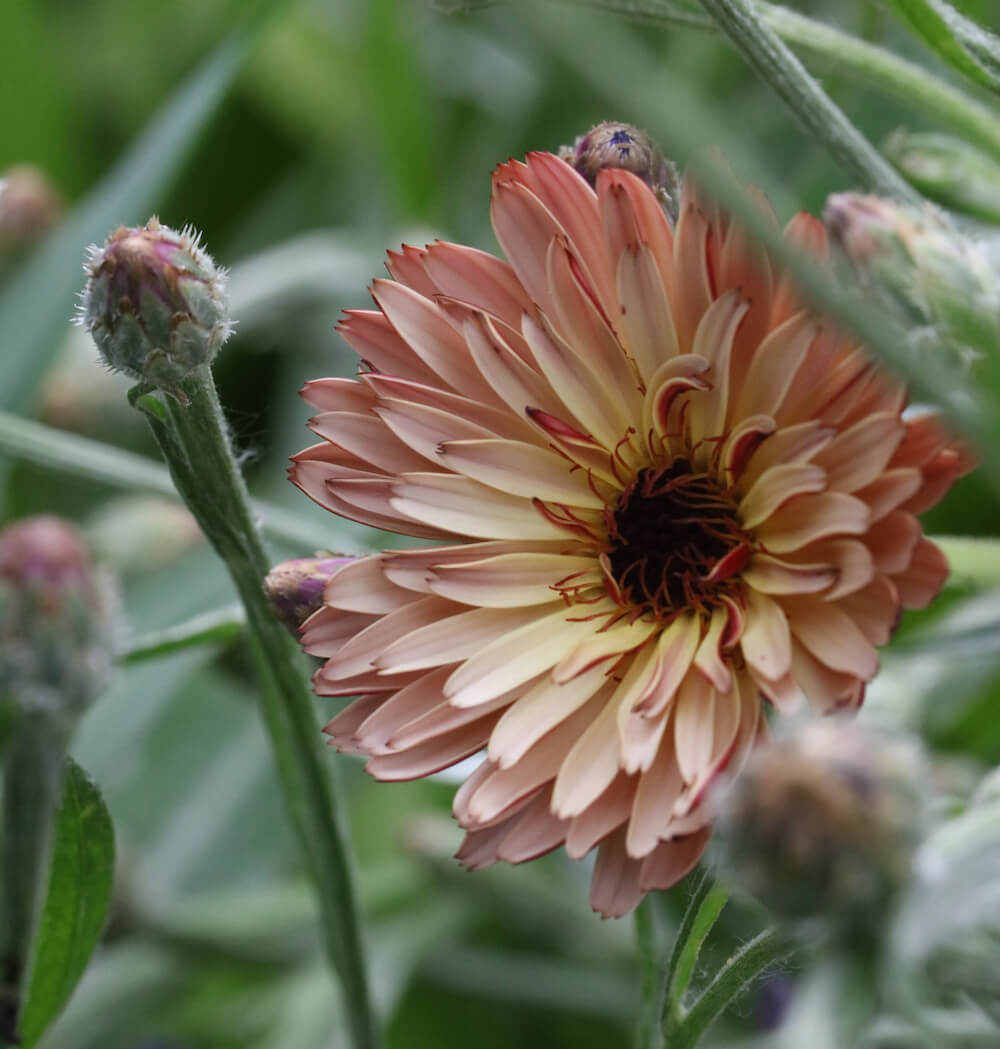
Regardless of which side of the fence you may sit on with Marigolds, from our findings we believe that they can be firmly reincarnated to floral couture status. These resilient retro gems are definitely not to be overlooked. As we plan projects and the team designs for 2019, we are excited to incorporate some of these in to new schemes, both modern prairie mixes and smaller bespoke cut flower mixes.
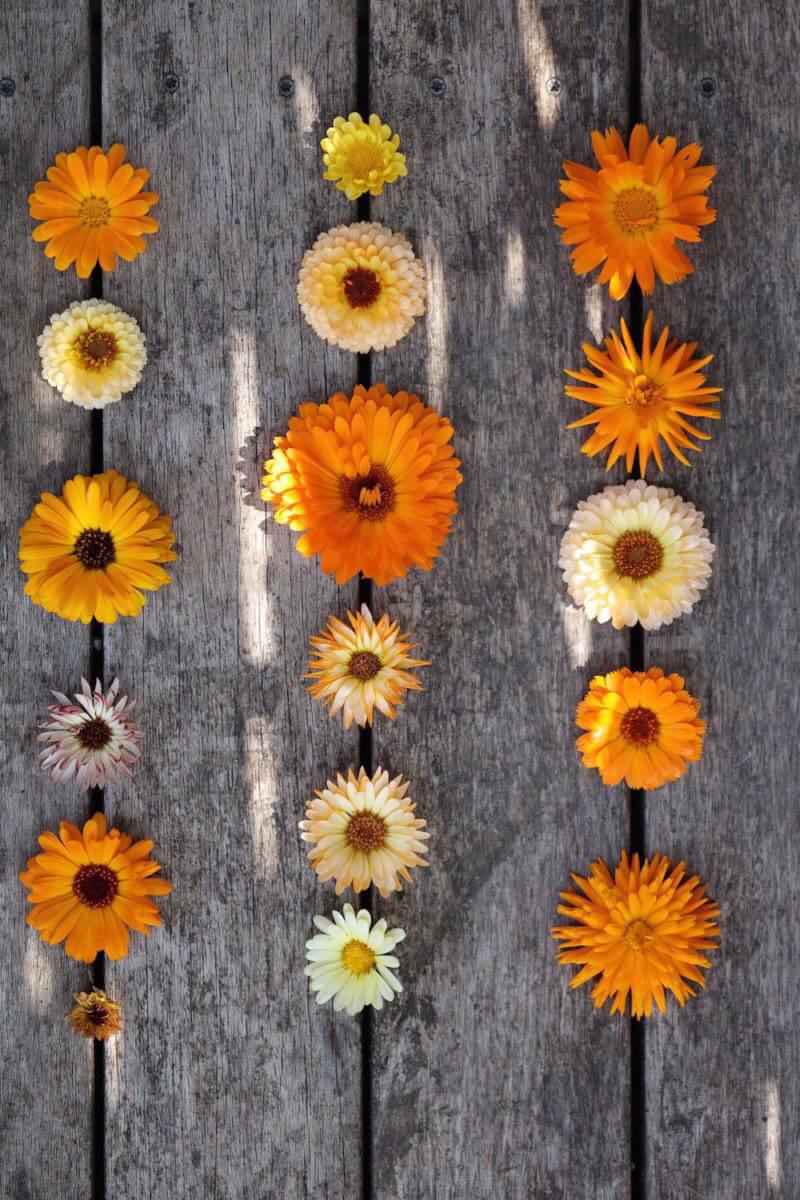
The win list in our results : Calendula Sherbert Fizz, Indian Prince, Porcupine, Citrus Cocktail, Candyman Orange, Pink Surprise, Pot Marigold
all imagery & ingredients by us
Head full of flowers shoot
©HC Gardens 2018
